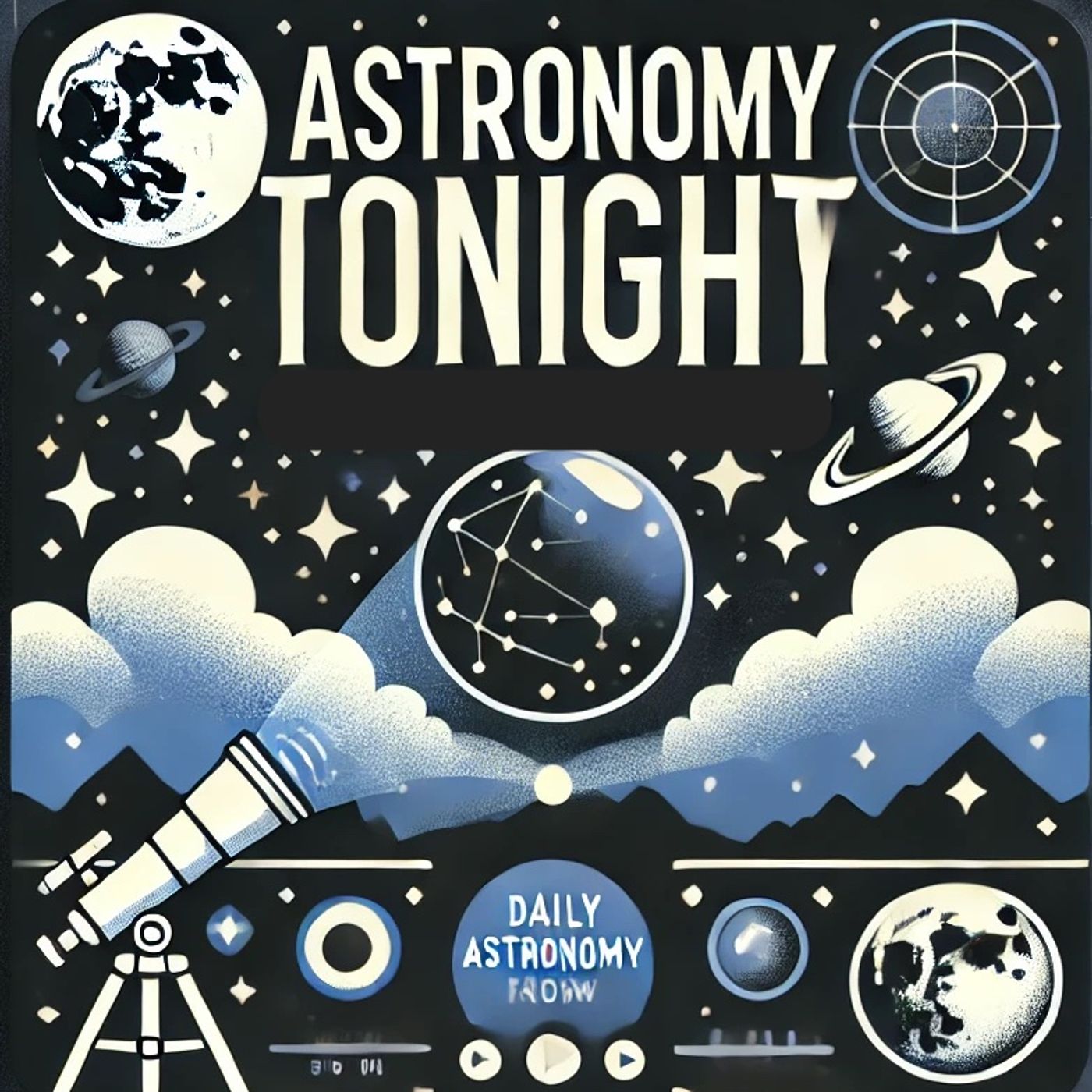Podcast Episode Details
Back to Podcast Episodes
Voyager 2: Cosmic Messenger Beyond Our Solar System's Edge
This is your Astronomy Tonight podcast.
On this day, August 20th, in the year 1977, humanity launched one of its most ambitious and far-reaching projects into the cosmos: NASA's Voyager 2 spacecraft. This intrepid explorer, along with its twin Voyager 1, embarked on a grand tour of our solar system that continues to this very day, 48 years later!
Voyager 2's journey has been nothing short of spectacular. It's the only spacecraft to have visited all four of the giant outer planets - Jupiter, Saturn, Uranus, and Neptune. Can you imagine the thrill of being the first to see Neptune's Great Dark Spot or the bizarre magnetic field of Uranus?
But wait, there's more! In 2018, Voyager 2 joined its sibling in interstellar space, becoming only the second human-made object to venture beyond the influence of our Sun. As we speak, it's hurtling through the void at a mind-boggling speed of about 34,000 miles per hour, carrying with it a golden record containing sounds and images of Earth - a cosmic time capsule for any extraterrestrial civilizations it might encounter.
Now, isn't that just out of this world? Voyager 2 is truly the little spacecraft that could, still sending us data from nearly 12 billion miles away. It's like having a pen pal from the edge of our solar system!
So the next time you look up at the night sky, give a little wave to Voyager 2. It may be too far away to see, but it's out there, carrying a piece of all of us into the great unknown.
And that wraps up today's celestial celebration. If you enjoyed this cosmic journey, don't forget to subscribe to the Astronomy Tonight podcast. For more fascinating stories and mind-bending facts, check out Quiet Please dot AI. Thank you for listening to another Quiet Please Production. Keep looking up, space fans!
Published on 4 days, 23 hours ago